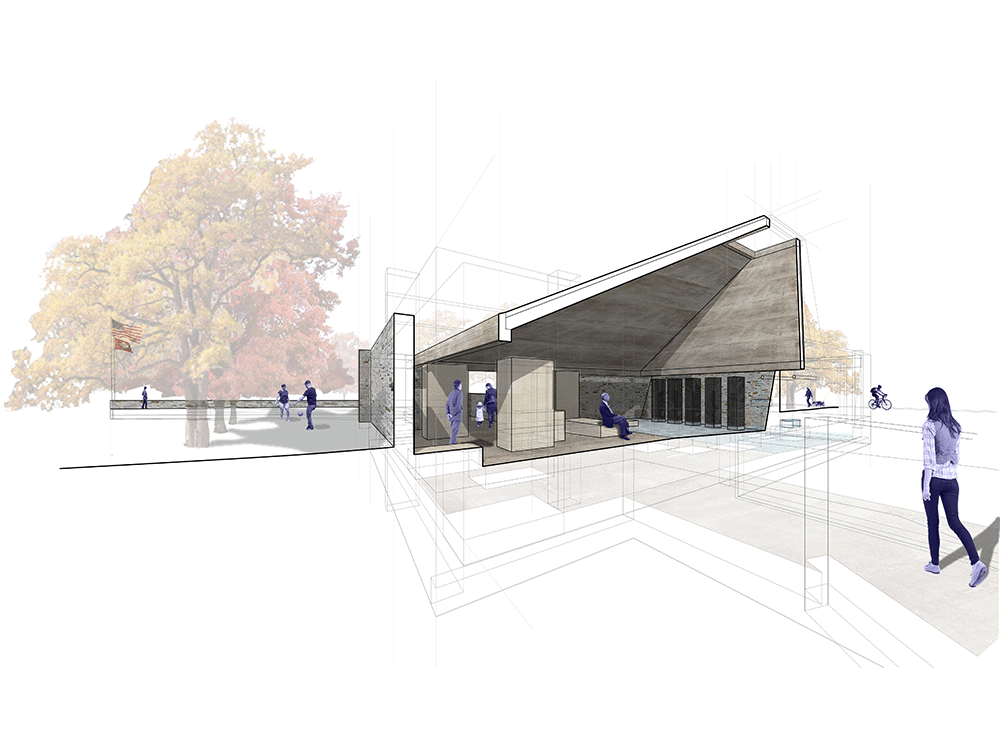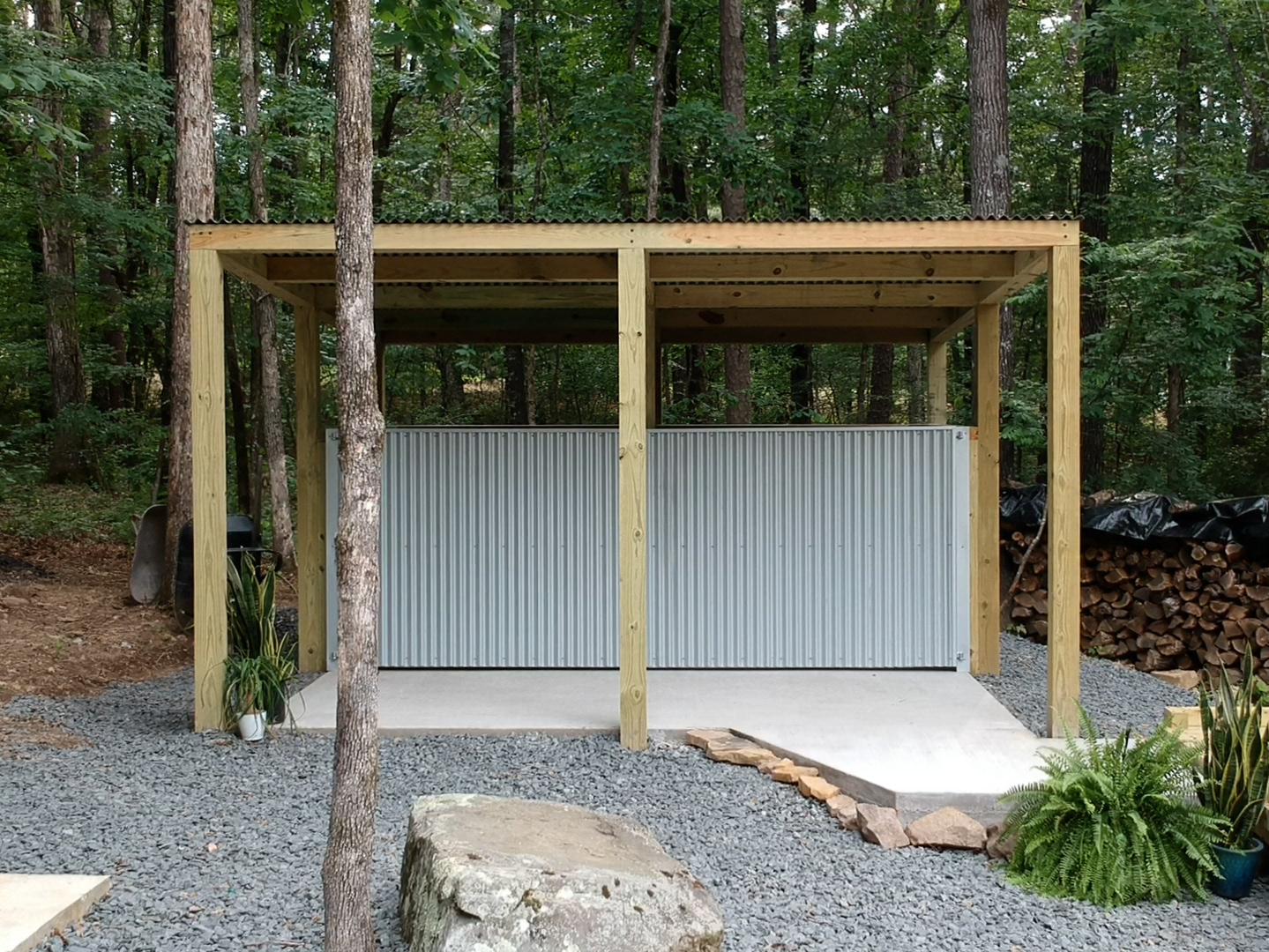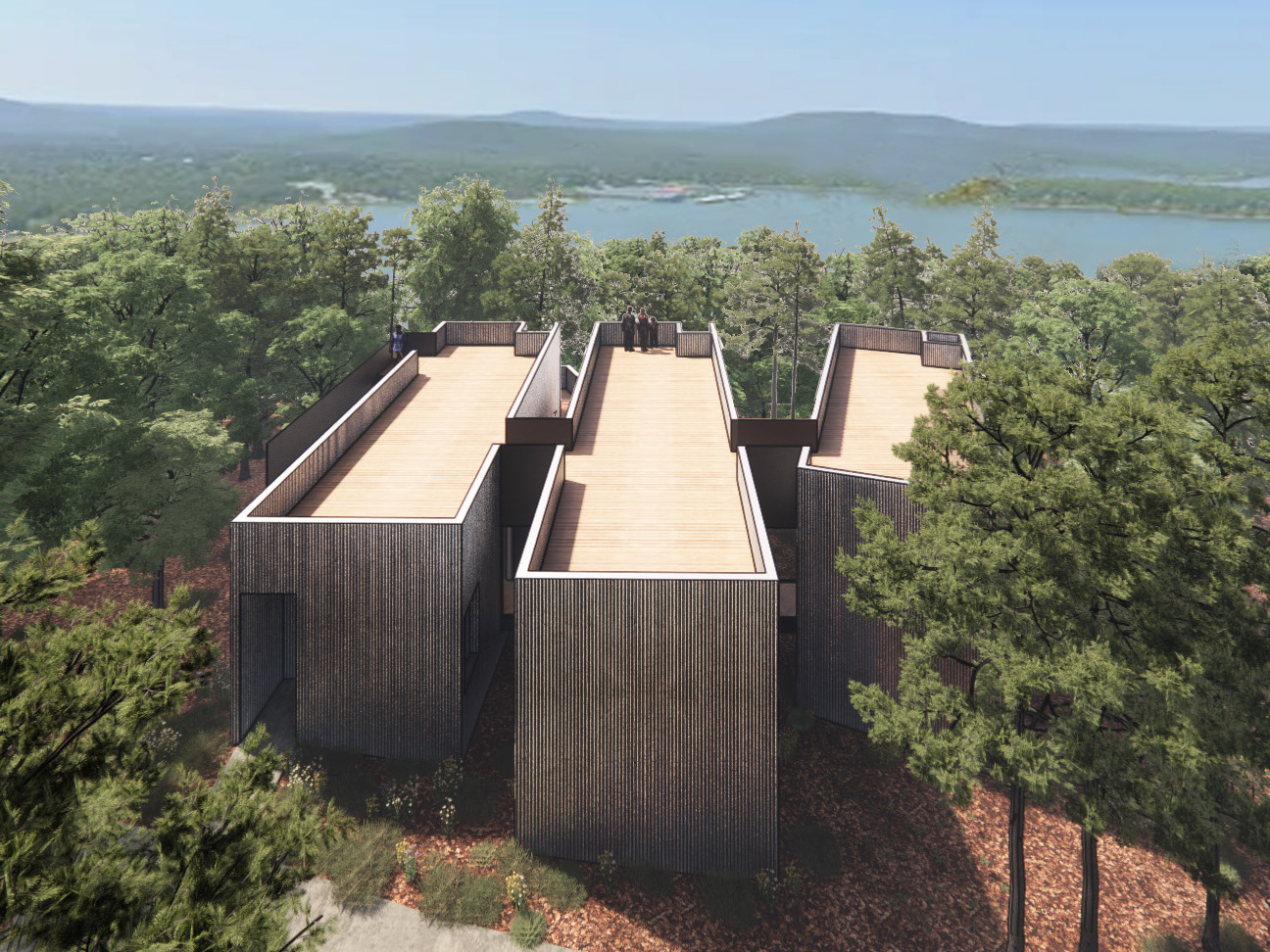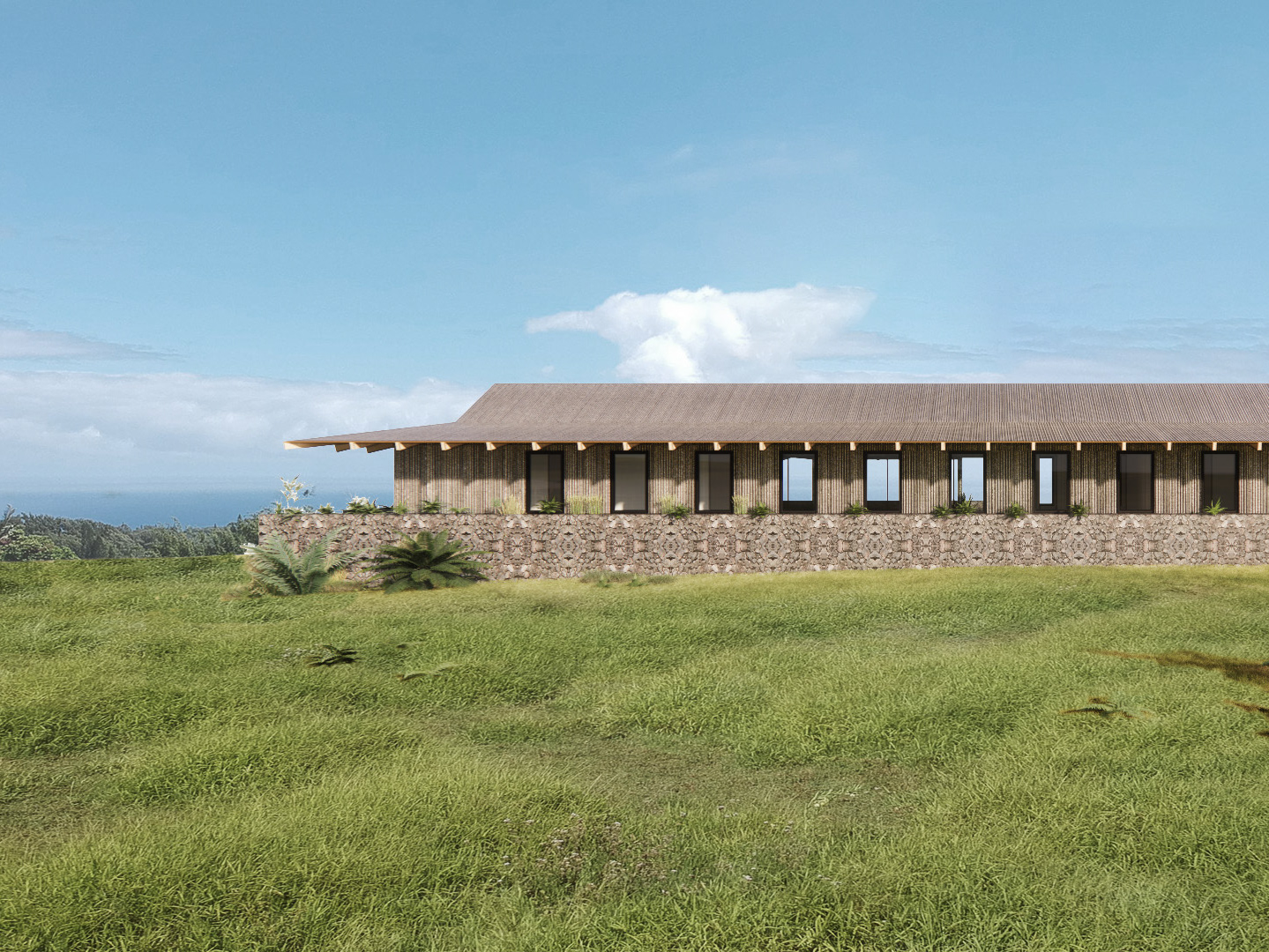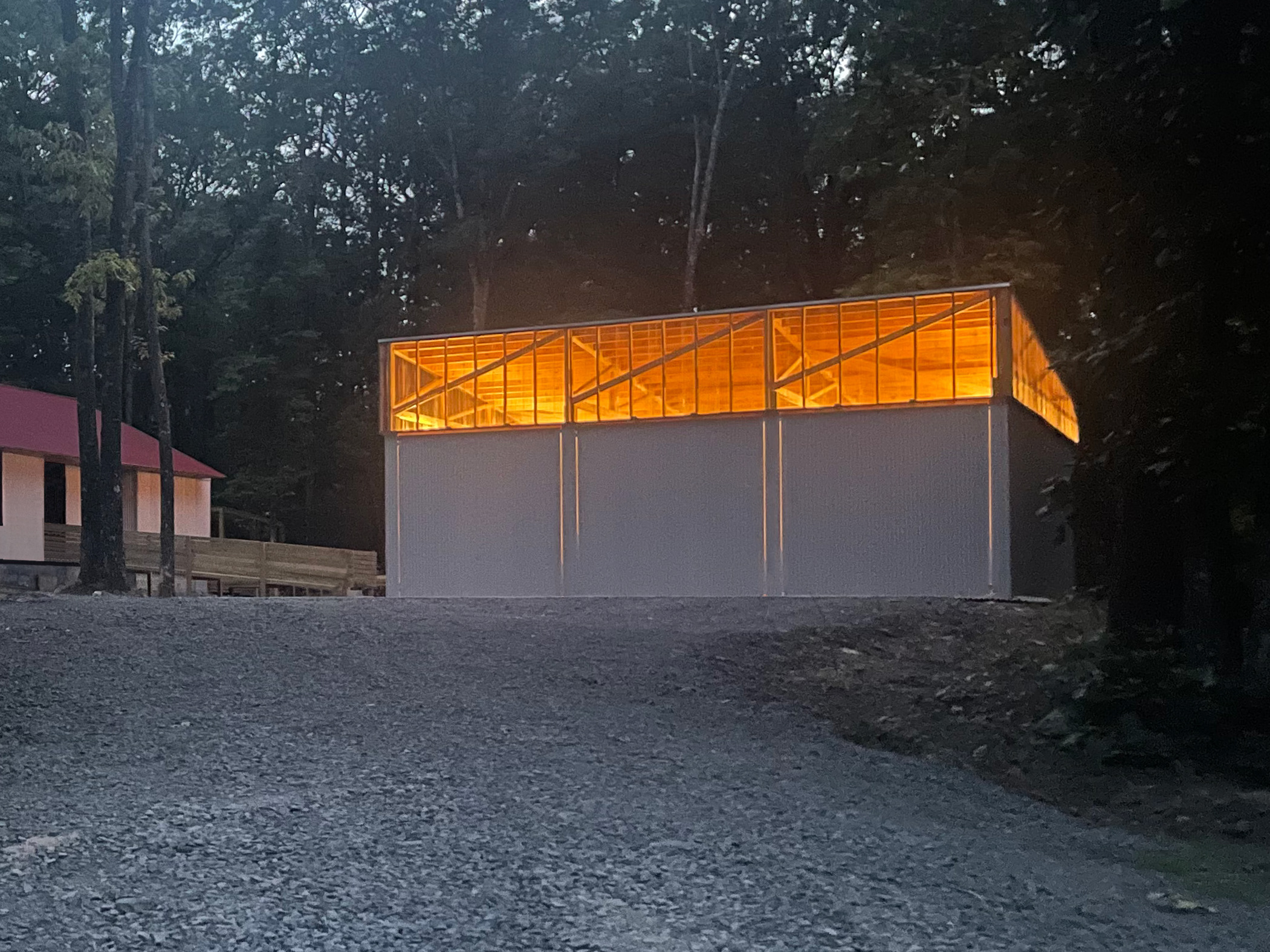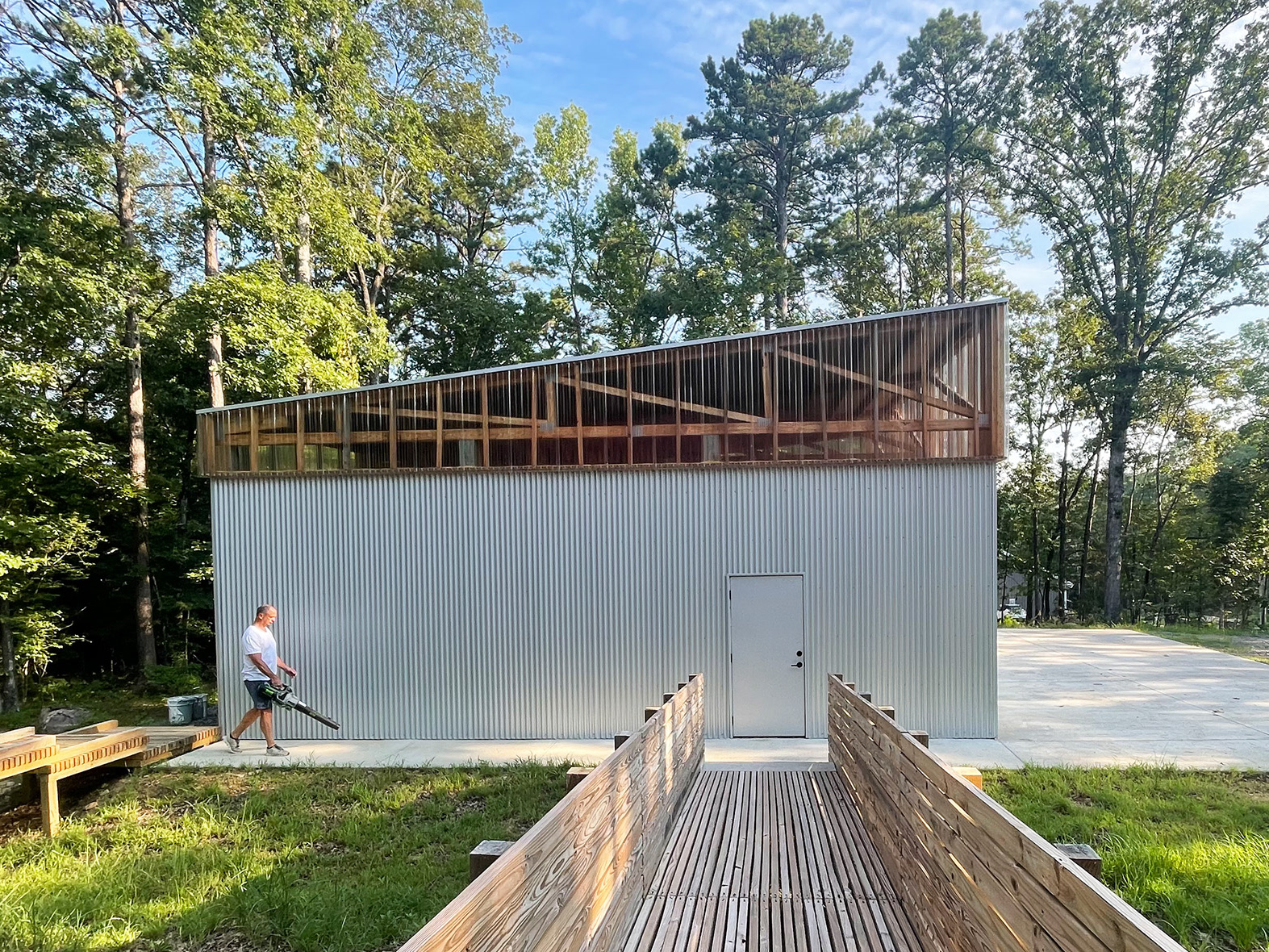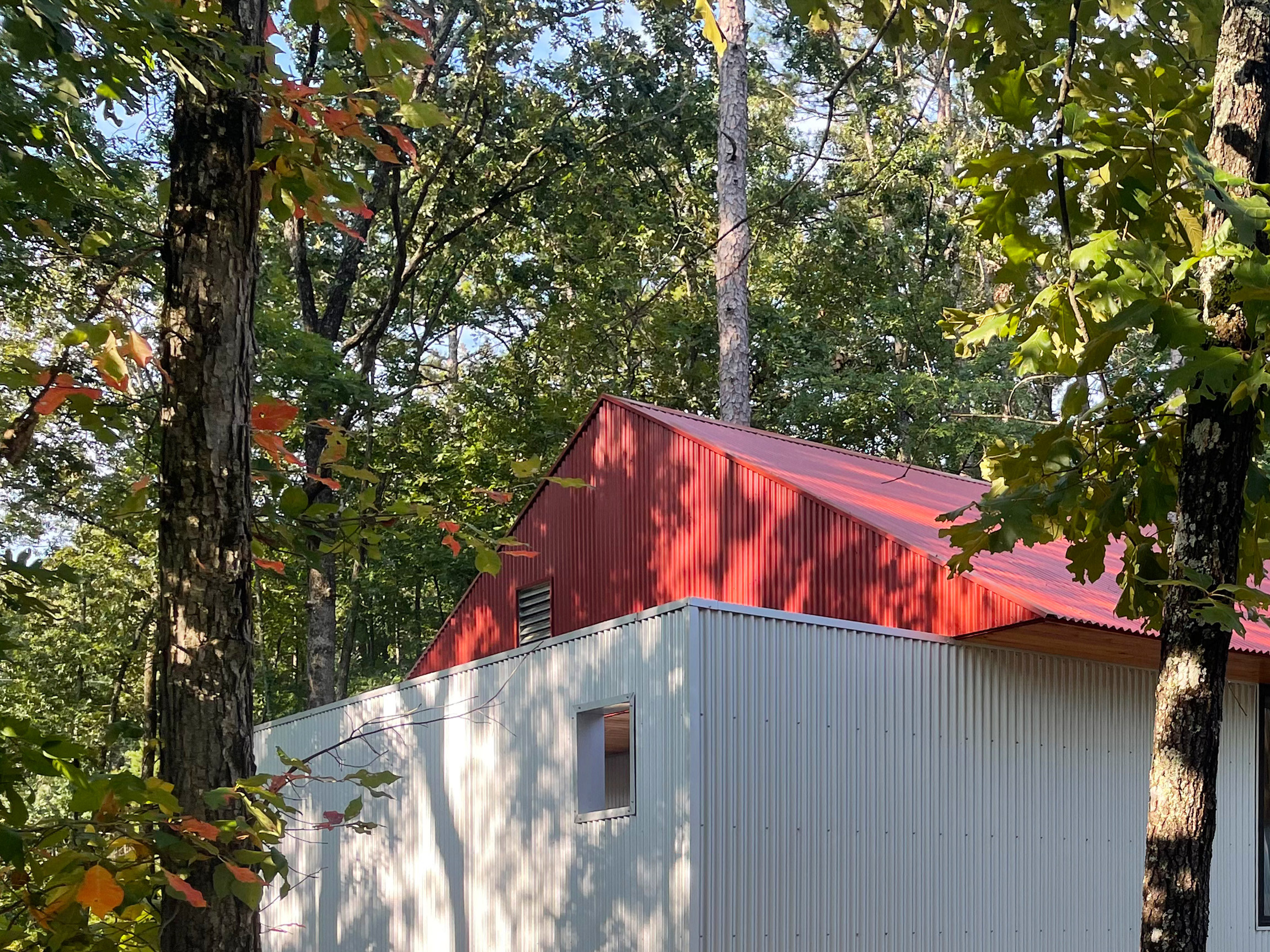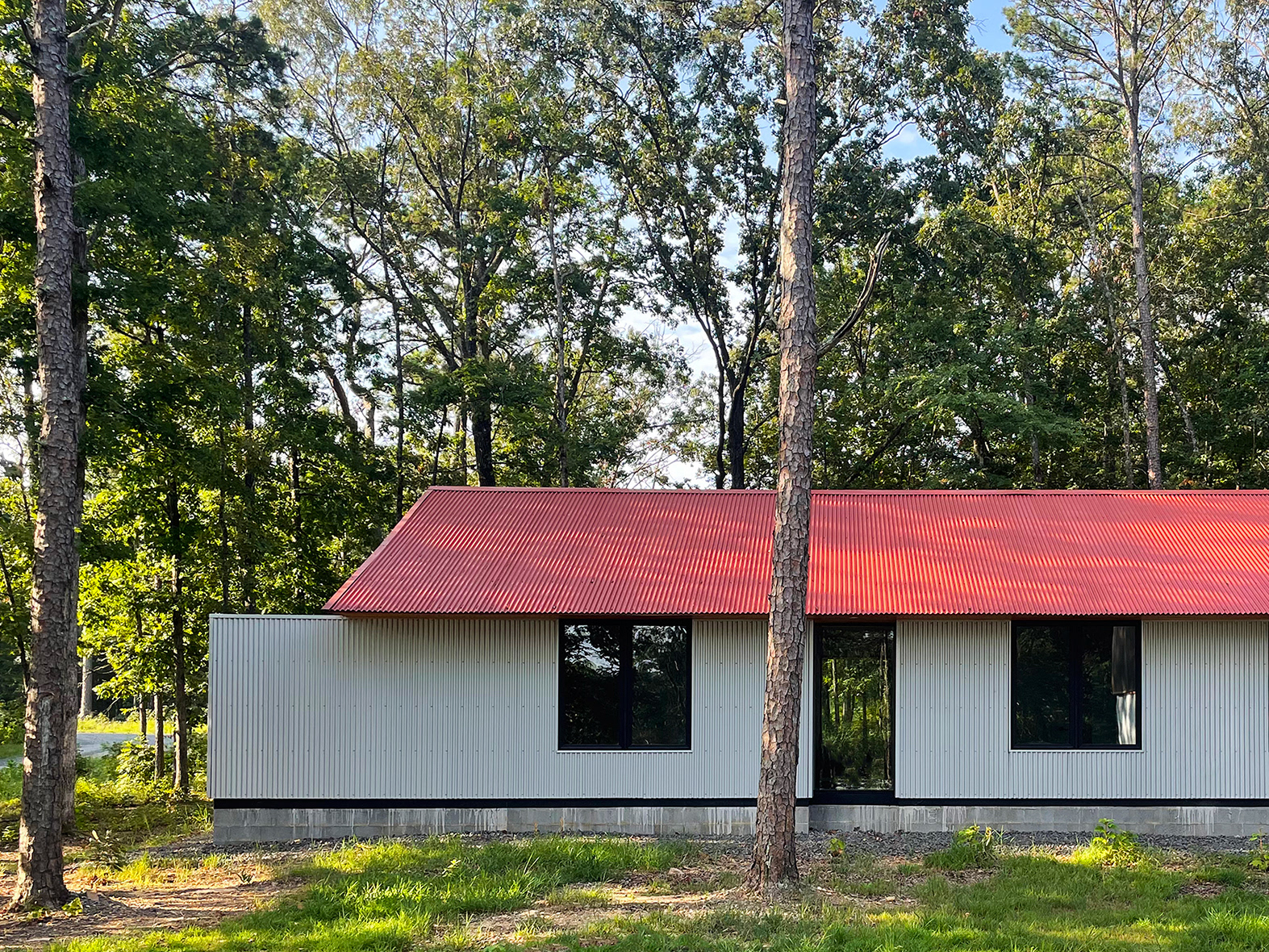Industrial Center for the Environment
2017
Place: Austin, Texas
The Seaholm District of Downtown Austin, Texas has a rich historical context of rail, power production, and manufacturing, serving as an industrial engine for much of the city’s history. Few remnants of this industrial past remain as formally-driven towers have replaced old warehouses and old rail lines have been removed. This project is meant to emphasize architecture’s role as an agent of change in a greener future, prioritizing the principles and application of sustainability in building design as a way to reframe and challenge existing green building practices.
In response to the historical context of the Seaholm District, the tactile material and immense spatial qualities of aged industrial buildings and local abandoned rail lines were researched, analyzed, and drawn. This Center of Environmental Innovation attempts to engage the collective memory of this urban landscape. The building is rooted in its historical context through the celebration of structural, mechanical, and water collection systems. This project suggests looking to and modernizing pre-industrial solutions for issues of sustainability and climate change that impact our immediate and distant futures. The center houses community meeting spaces, research labs, and exhibitions spaces.



